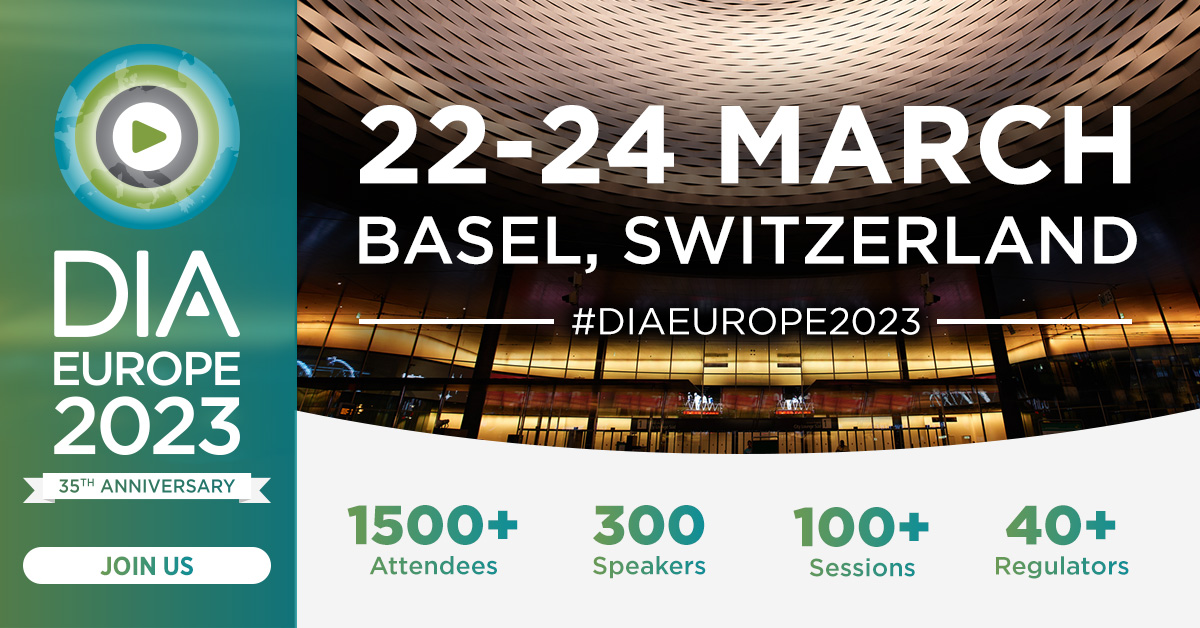Table of Contents
- Editorial: The New DIA Thought Catalyst Framework: 2023 and Beyond
- A Bigger “Why”: Highlights from Our Conversation with Departing DIA Global Chief Executive Barbara Lopez Kunz
- DIA Board of Directors Reflections on Barbara Lopez Kunz
 Podcast: Looking Back and Ahead: Translational Science Advances Impacting Patient Care
Podcast: Looking Back and Ahead: Translational Science Advances Impacting Patient Care- Optimizing Clinical Research for Pediatric and Underserved Populations
- Increasing Access to Care and Efficiency in Healthcare Delivery in Low- and Middle-Income Countries
- Optimal Regulatory and HTA Collaboration in the EU
The New European Union Health Technology Assessment Regulation - Pharmaceutical R&D in Japan Needs An Upgrade
- DIA China Congratulates 2022 Inspire Award Winners
- Executive Leadership
- Editorial Board
Subscribe
Love Global Forum’s new online format? Subscribe today and never miss an issue.
Editorial Board
Content stream editors
Gary Kelloff US National Institutes of Health
Ilan Kirsch Adaptive Biotechnologies Corp.
regulatory science
Isaac Rodriguez-Chavez Independent Consultant
Patient engagement
Trishna Bharadia Patient Advocate and Media Contributor
Mary Stober Murray National Minority Quality Forum
Editorial Staff
Sandra Blumenrath, Managing Editor, Scientific Publications DIA Scientific Communications
Chris M. Slawecki, Senior Digital Copyeditor DIA Scientific Communications
Regional Editors
David Mukanga Bill and Melinda Gates Foundation
ASEAN
Jin Shun Sandoz
AUSTRALIA/NEW ZEALAND
Richard Day University of New South Wales, Medicine, St. Vincent’s Hospital
CHINA
Ling Su Shenyang Pharmaceutical University, Lilly Asia Ventures
Europe
Julie O’Brien Pfizer
INDIA
J. Vijay Venkatraman Oviya MedSafe
JAPAN
Ozawa Goshi Real Discovery Outdoors Co,. Ltd.
LATIN AMERICA
Cammilla Gomes Roche
USA
Ebony Dashiell-Aje BioMarin
Young Professionals Editor
DIA Membership
Bringing together stakeholders for the betterment of global health care.
2023 and Beyond
Courtney Granville
DIA
@DrugInfoAssn
s we begin the new year, DIA launches a new Thought Catalyst Framework that builds on our longstanding work to progress innovation and efficiency, and adds new dimensions to drive content, in response to recent global “disruptions” that have altered the landscape of our ecosystem in significant ways.
Highlights from Our Conversation with Departing DIA Global Chief Executive Barbara Lopez Kunz
fter a decade at the helm, DIA Global Chief Executive Barbara Lopez Kunz prepares to step into the next chapter of her career. She shared reflections on her DIA tenure with Global Forum Editor-in-Chief Alberto Grignolo.
AG: Beginning at the beginning, Barbara: where were you prior to joining DIA?
BLK: To truly begin at the beginning, as one of six siblings, I was raised to value health, education, hard work, and charity. These priorities have been intertwined in my personal and professional life. I’ve been very intentional about my career, ensuring that the hard work I would deliver had an important overarching purpose; that is, I have ensured a mission orientation in decisions I have made. I spent two-thirds of my career in multinational corporations—namely ICI, DuPont, Thermo Fisher Scientific—developing new drugs, laboratory products, medical devices, and I learned a huge amount.

![]() Podcasts
Podcasts
AstraZeneca R&D, France
nforcement of pediatric-specific regulations in both the United States and Europe since 2002 and 2007, respectively, has had a positive impact on pediatric drug development, with more medicines becoming available for children and more information on pediatric use becoming available to clinicians in the product information.
Pfizer
Merck
Roche
Microsoft
BeiGene USA
University of California, San Francisco
The Max Foundation
DIA Fellow
DIA Board Member
DIA Staff
DIA Staff
ocioeconomic inequalities in medical care access and affordability, large out-of-pocket expenses, and vulnerabilities against catastrophic household expenditures continue to be significant barriers to improving health outcomes in low- and middle-income countries (LMICs). Based on 2020 World Bank Data, close to 85% of the world’s population (7.753 billion) resides in LMICs (6.52 billion), and nearly 40% do not have access to essential medicines.
Around the Globe
The New European Union Health Technology Assessment Regulation
@Pfizer_UK
n December 2021, the European Commission (EC) adopted the Regulation on Health Technology Assessment (EU HTA Regulation; No. 2021/2282). Its main objectives were to strengthen the quality of HTAs across the EU, ensure efficient use of resources, avoid duplication of industry and national HTA body efforts, and ensure long-term sustainability of EU HTA cooperation. The EU HTA Regulation formally entered into force on 11 January 2022 and will apply to Oncologic & Advanced Therapy Medicinal Products (ATMP) products after a three-year implementation period (i.e., 12 January 2025) in the first instance, followed by Orphan Medicinal Products (OMPs) in 2028, and all other Centrally Approved Medicines from 2030 onward.
Around the Globe
Fumitaka Noji
MSD KK
lthough the importance of open innovation in drug research and development has long been recognized in Japan, it cannot be said that the open innovation ecosystem in Japan is functioning sufficiently when many issues remain problematic or unresolved in terms of systems, funding, and human resources compared to Europe, the US, and China. This situation was made even more evident by the COVID-19 pandemic.
Our 2022 China Inspire Award Winners

School of Public Health, Nanjing Medical University








